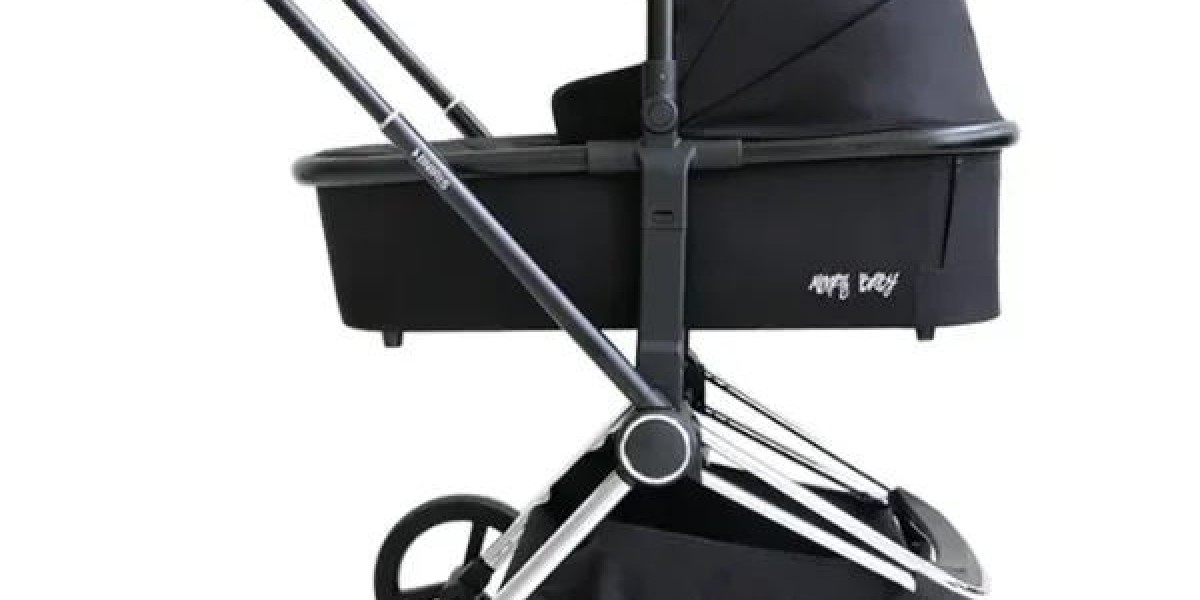Server rooms and communication rooms (comms rooms) are critical to the smooth operation of modern businesses. These rooms house servers, routers, switches, and other vital IT infrastructure that keeps everything from emails to websites functioning. However, one often overlooked aspect of managing these spaces is maintaining proper hygiene. Server room cleaning and comms room cleaning are essential for ensuring the longevity and efficiency of this equipment. Without the right maintenance, dust, debris, and environmental factors can wreak havoc on expensive technology.
In this comprehensive guide, we'll dive into the importance of server room cleaning, best practices, and how to create a maintenance schedule that keeps your tech safe and sound.
Why Is Server Room Cleaning Important?
When thinking about server room hygiene, many IT professionals focus primarily on cybersecurity and physical security, such as surveillance and access control. While these are undeniably important, environmental factors like dust, temperature fluctuations, and humidity can also pose significant risks. Here’s why server room cleaning is a necessity:
Preventing Dust Buildup
Dust is a silent killer in server rooms. As small as dust particles may seem, they can accumulate inside sensitive equipment and cause overheating, short circuits, and hardware malfunctions. Dust buildup on cooling fans, vents, and internal components reduces airflow and increases the risk of critical failures. Regular server room cleaning ensures that dust does not have the opportunity to cause significant damage.Improving Airflow and Cooling Efficiency
Server rooms rely heavily on efficient airflow to keep equipment cool. Without proper cleaning, dust and debris can block air filters and vents, leading to reduced cooling performance. This inefficiency forces cooling systems to work harder, driving up energy costs and reducing the lifespan of both the cooling equipment and the servers themselves. Proper cleaning helps maintain optimal airflow and cooling efficiency.Maintaining Equipment Longevity
IT hardware is an expensive investment, and replacing servers or comms equipment can be a costly and time-consuming process. Regular server room cleaning helps ensure that equipment lasts longer by preventing overheating, corrosion, and electrical malfunctions caused by environmental contaminants.Ensuring Compliance with Industry Standards
Many industries, such as healthcare, finance, and government, have strict regulations around data security and equipment maintenance. Neglecting server room cleaning could lead to compliance violations, especially if poorly maintained environments cause data loss or system downtime.
The Dangers of Neglecting Server Room Hygiene
Neglecting server room cleaning can result in more than just dust accumulation. There are several dangers that could impact both the safety of the equipment and the business operations as a whole. Some of these risks include:
Overheating: Dust on fans and ventilation systems can cause overheating, which leads to slower performance or, in extreme cases, equipment shutdown.
Fire Hazards: Dust and dirt in server rooms, combined with high electrical activity, can create a fire risk. The electrical sparks could ignite dust particles, putting your entire infrastructure at risk.
Static Electricity: Excessive dust can lead to the accumulation of static electricity, which can damage sensitive electronic components. Keeping the server room clean minimizes this risk.
Increased Downtime: Dirty server rooms are prone to more frequent hardware malfunctions, leading to increased downtime and costly repairs.
Best Practices for Server Room Cleaning
Maintaining a clean and well-organized server room is more than just wiping surfaces and vacuuming floors. It requires a specialized approach to ensure that the delicate equipment is not compromised. Here are the best practices for effective server room cleaning:
Use the Right Cleaning Equipment
Not all cleaning equipment is suitable for use in a server room. Regular vacuums, for instance, can generate static electricity, which can damage sensitive electronics. Instead, use anti-static vacuums designed for IT environments. Microfiber cloths and anti-static cleaning solutions are also recommended for wiping down surfaces without risking electrostatic discharge (ESD).Regularly Clean Air Filters and Vents
Airflow is essential for keeping server room temperatures under control. Dust accumulation in air filters and vents can block airflow, causing equipment to overheat. Clean or replace air filters regularly, and ensure that vents are free from dust and debris.Wipe Down Equipment Surfaces
While the internal components of your servers may be the most sensitive, dust can accumulate on the outside of equipment as well. Use anti-static wipes to clean the exterior of servers, racks, and other hardware to prevent dust from settling inside.Implement a No-Food-and-Drink Policy
Food and drinks should never be allowed in the server room. Spills can cause electrical shorts, and food crumbs can attract pests that could further damage equipment. Enforcing a strict no-food-and-drink policy is a simple way to minimize potential hazards.Monitor Temperature and Humidity Levels
Proper server room cleaning extends beyond dusting and wiping down surfaces. Monitoring temperature and humidity levels is essential to prevent conditions that could damage equipment. Use sensors to track these levels and adjust cooling systems or dehumidifiers as needed.Schedule Deep Cleaning Regularly
While routine cleaning helps maintain daily cleanliness, it’s important to schedule deep cleanings at least once a year. Deep cleaning should involve cleaning under raised floors, removing dust from hard-to-reach areas, and conducting a thorough inspection of all equipment.
Comms Room Cleaning: A Specialized Approach
Comms rooms, where telecommunications and network equipment are housed, also require meticulous cleaning to prevent costly downtime. Comms room cleaning should follow many of the same principles as server room cleaning, with a focus on maintaining optimal airflow and protecting sensitive equipment.
Here are additional considerations for comms room cleaning:
Cable Management
One of the most significant challenges in a comms room is managing the multitude of cables. Tangled cables can not only obstruct cleaning efforts but also increase the risk of accidents. During your cleaning schedule, take time to organize and label cables properly. This not only makes the room easier to clean but also ensures quicker troubleshooting in the event of network issues.Dust Control
Because comms rooms often contain more networking hardware and cabling than server rooms, they are particularly susceptible to dust buildup. Installing dust mats at the entrances and using high-efficiency particulate air (HEPA) filters can help reduce dust levels.Power Maintenance
Unlike regular office spaces, comms rooms often have uninterruptible power supply (UPS) systems that need to be cleaned and maintained. These should be checked regularly to ensure that dust isn't interfering with the power supply or battery function.Access Control
Limiting access to comms rooms is critical. Every person entering the room increases the likelihood of bringing in dirt, debris, or contaminants. Keep access restricted to essential personnel, and require those entering the room to wear protective coverings, such as anti-static shoes and gloves, to reduce the introduction of contaminants.
Establishing a Server Room Cleaning Schedule
One of the keys to effective server room hygiene is consistency. Establishing a server room cleaning schedule ensures that your equipment is always well-maintained and functioning at peak efficiency. Here’s a basic outline for a cleaning schedule:
Daily: Inspect for visible dust or debris, and wipe down surfaces.
Weekly: Clean air filters, vacuum the floors with an anti-static vacuum, and check cooling vents.
Monthly: Wipe down all equipment surfaces with anti-static cloths, check cable management, and inspect for signs of wear or damage.
Quarterly: Conduct a thorough inspection of air conditioning units, check for environmental risks like moisture buildup, and review the overall cleanliness of the room.
Annually: Perform a deep cleaning, including cleaning under raised floors, replacing air filters, and conducting a full system check.
Conclusion: Prioritizing Server Room Hygiene
Maintaining proper server room hygiene is not just a good practice; it’s a critical aspect of ensuring your IT infrastructure remains safe and functional. Regular server room cleaning and comms room cleaning reduce the risk of overheating, equipment failure, and data loss while also extending the life of your hardware.
By following the best practices outlined in this guide and establishing a regular cleaning schedule, you can safeguard your tech investment, reduce the risk of downtime, and maintain compliance with industry standards. Keep your tech safe and sound by making server room cleaning a priority.









